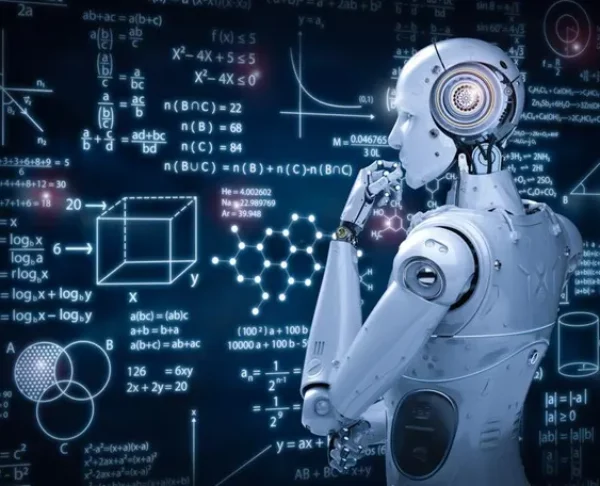Introduction:
In the fast-paced realm of Artificial Intelligence (AI), DeepMind’s latest feat has shattered barriers and redefined possibilities. Their cutting-edge AI model showcases an unprecedented ability to control robotic actions it was never trained on. In this blog, we delve into the remarkable achievement by DeepMind, uncovering the potential applications and ethical considerations that come with this groundbreaking advancement.
The Innovation Behind DeepMind’s AI:
DeepMind’s ingenuity shines as they leverage advanced machine learning techniques and reinforcement learning to create an AI model that defies conventions. This AI breakthrough introduces a new paradigm, where the AI exhibits remarkable capabilities to perform complex robotic actions, even without prior training data.
Unveiling Untrained Robotic Actions:
Central to DeepMind’s achievement is the AI’s uncanny proficiency in grasping and manipulating objects in novel ways. Imagine an AI that can execute intricate movements and navigate complex tasks without specific training. This adaptability showcases AI’s potential to revolutionize problem-solving across various domains.
The Power of Reinforcement Learning:
DeepMind’s success highlights the potency of reinforcement learning, where the AI learns through interactions and feedback from its environment. This methodology empowers the AI to devise strategies, optimize performance, and adapt to unforeseen scenarios, mirroring human-like creative problem-solving.
Versatility Across Industries:
The impact of DeepMind’s breakthrough reverberates across industries. From manufacturing to healthcare and beyond, the AI model’s ability to adapt to new tasks opens doors to enhanced efficiency and innovative applications, transforming the way we interact with technology.
A Glimpse into Creative Problem-Solving:
DeepMind’s AI achievement signifies a shift toward AI systems that emulate human cognitive processes, embracing creative problem-solving. With the ability to adapt and thrive in new scenarios, AI demonstrates its potential as a collaborative partner, augmenting human capabilities.
Ethical Considerations and Future Prospects:
As we celebrate this remarkable advancement, ethical considerations loom large. Ensuring the responsible use of AI, addressing biases, and maintaining alignment with human values are crucial factors in harnessing the potential of this technology for the betterment of society.
Conclusion:
DeepMind’s breakthrough ushers in a new era, where AI defies constraints and shapes the future of robotics. The ability to control untrained robotic actions showcases a realm of endless possibilities. As we stand on the precipice of this transformative development, we embrace the potential for innovative applications while shouldering the responsibility to guide AI’s trajectory toward a future that uplifts humanity.




